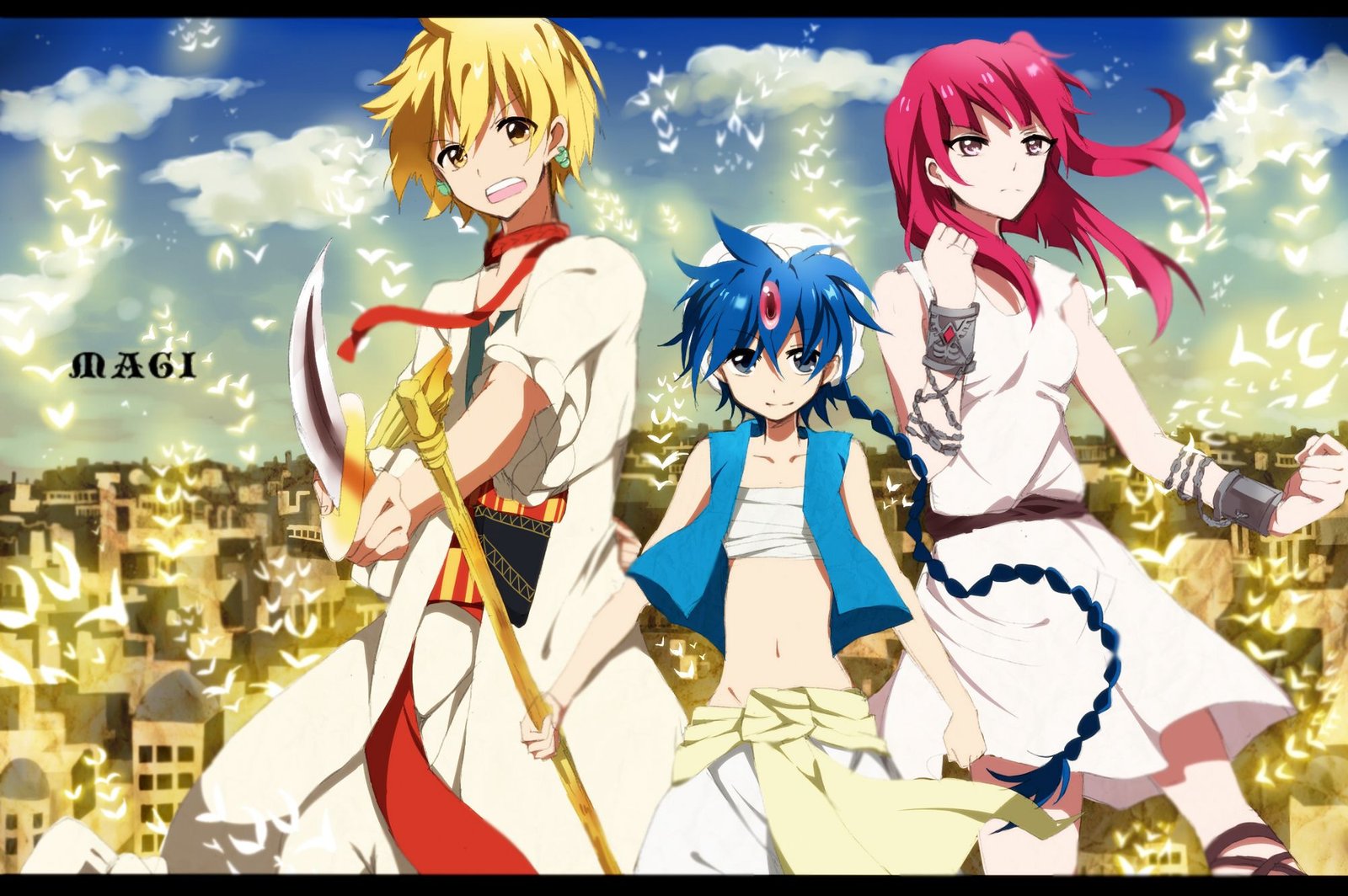
“Devilman Crybaby” isn’t your typical anime. From the mind of acclaimed director Masaaki Yuasa, known for his unique animation style and unconventional storytelling, this adaptation of Go Nagai’s manga thrusts viewers into a whirlwind of emotion, philosophy, and intense visuals.
Visuals and Sound:
Yuasa’s animation style in “Devilman Crybaby” is both jarring and mesmerizing. Fluid and sometimes even chaotic, the animation captures the frenzied and often disturbing nature of the narrative. The show’s color palette ranges from muted and melancholic to garishly bright during intense action sequences, creating a stark contrast that serves to heighten emotional tension. The soundtrack, on the other hand, is a blend of hip-hop, electronica, and somber tracks that align perfectly with the anime’s shifting moods.
Story and Characters:
The tale revolves around Akira Fudo, a once meek boy transformed into the titular Devilman after merging with a demon. Contrary to other demons who lose their humanity upon fusion, Akira retains his empathy, creating a compelling juxtaposition of monstrous power and human emotion. The narrative grapples with profound themes: the nature of good and evil, the frailty of human society in the face of chaos, and the devastating consequences of mistrust and misunderstanding. Secondary characters, like Ryo Asuka, offer additional layers of complexity, both aiding and complicating Akira’s mission.
The "Fked Up" Factor:
“Devilman Crybaby” is unapologetically graphic and mature. From intense violence to sexual content, it pushes boundaries in a way few anime series dare. While these elements serve the story’s thematic underpinnings, they can be deeply unsettling. It’s a series that can leave viewers in awe of its artistry and audacity, yet equally horrified by its bleak portrayal of humanity.
Conclusion:
Devilman is indeed a cool spectacle of anime craftsmanship, boasting a captivating story and unique visuals. At the same time, its intensity and mature themes make it a “f**ked up” experience, not meant for the faint of heart. It’s a divisive piece of art: one that you’ll either laud for its bravery or criticize for its excesses. Either way, it’s undeniably unforgettable.


